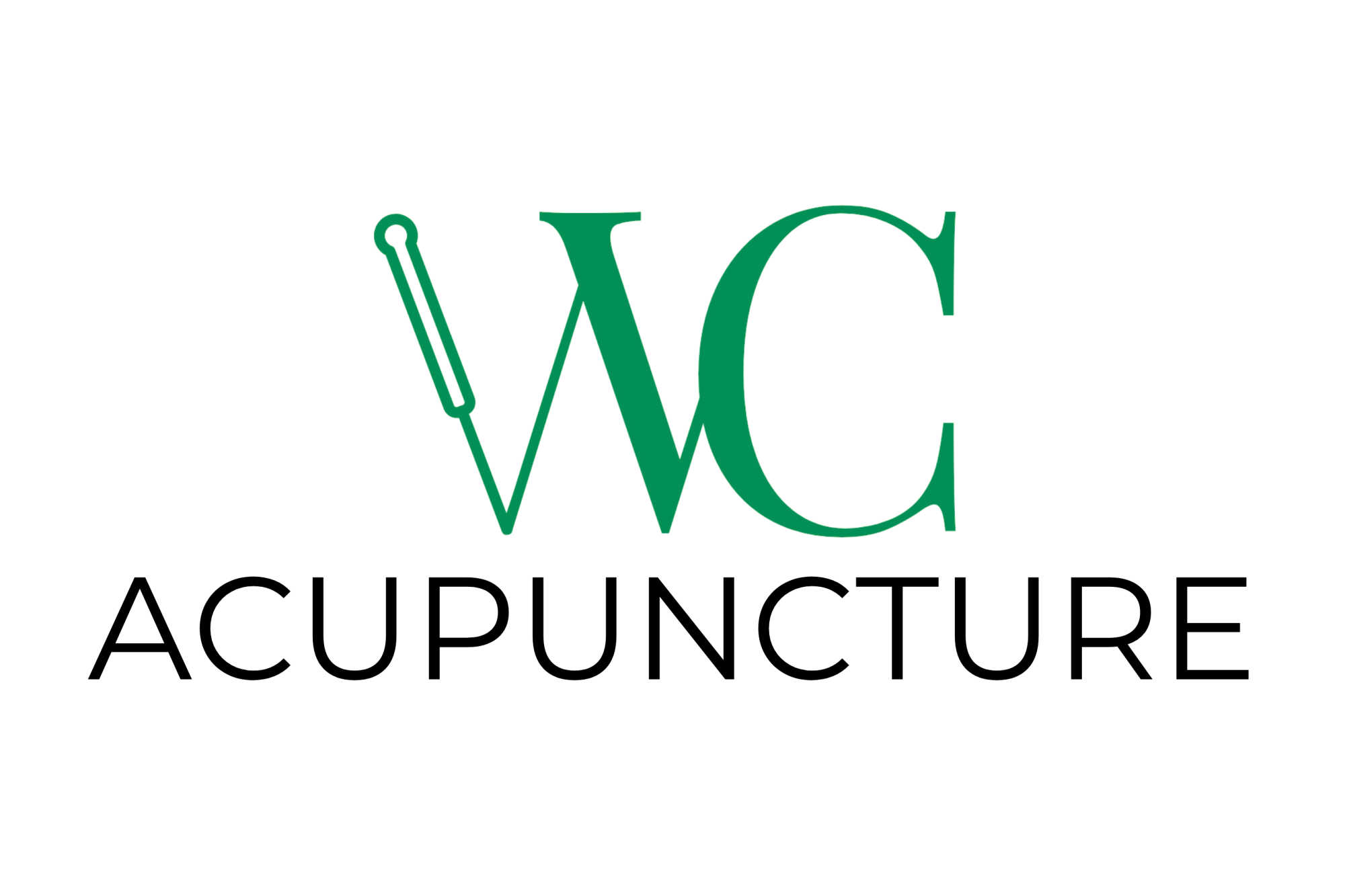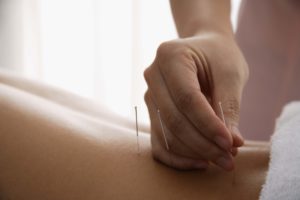By Dr. Winson Chen
Abstract:
This paper investigates the efficacy of acupuncture as a therapeutic intervention in stroke patients, discussing the underpinnings from both a Traditional Chinese Medicine (TCM) and a Western medical perspective. We explore the theoretical bases of strokes in each paradigm, the mechanisms of acupuncture treatment, and review existing scientific literature on the topic.
Introduction:
Stroke, a major global health concern, is characterized by the rapid loss of brain function due to disturbance in the blood supply to the brain. This is predominantly caused by ischemia (resulting from blockage, often a thrombosis or embolism) or by hemorrhage. From a Western medicine perspective, risk factors include hypertension, high cholesterol, diabetes, tobacco smoking, and obesity.
In Traditional Chinese Medicine (TCM), a stroke – known as ‘Zhong Feng’ – is viewed as a condition where wind, phlegm, and stasis obstruct the meridians, leading to an imbalance in the body’s Yin and Yang and the Five Elements, consequently impairing neurological function.
The Mechanisms of Stroke: Western Perspective
In Western medicine, the cause of stroke lies in cerebrovascular disease. Ischemic stroke occurs when a blood vessel supplying the brain is obstructed, limiting the supply of oxygen and nutrients. This triggers a cascade of neurochemical reactions, leading to necrosis of the brain tissue – a process known as infarction. Hemorrhagic stroke, on the other hand, occurs when a weakened blood vessel ruptures, causing bleeding in or around the brain.
The Mechanisms of Stroke: TCM Perspective
In TCM, stroke is seen as a consequence of underlying imbalances and disharmony within the body. The concept of Qi (vital energy), and its flow through the meridians (energy channels), is central to this understanding. Any impediment to the flow of Qi and blood is thought to cause disease. Hence, stroke is believed to be the result of wind, fire, phlegm, and stasis obstructions that disturb the balance of Yin and Yang in the heart and brain.
Acupuncture as a Treatment Method
Acupuncture is a key component of TCM that involves the insertion of thin needles at specific points (acupoints) on the body, intending to restore balance and harmonize the flow of Qi and blood.
From a Western medicine perspective, acupuncture is proposed to stimulate the nervous system, triggering neurohumoral responses. The insertion of needles may stimulate nerve fibers, which transmit signals to the brain and spinal cord. This could modulate the production of neurotransmitters and hormones, influencing the body’s self-regulating systems and promoting physical and emotional well-being.
Efficacy of Acupuncture in Stroke Rehabilitation
Several clinical studies and systematic reviews have suggested beneficial effects of acupuncture in stroke rehabilitation. These include improvements in motor function, speech, balance, and quality of life. For instance, a randomized controlled trial by Zhang et al. (2015) demonstrated significant improvements in neurological deficit scores and activities of daily living scores in post-stroke patients receiving acupuncture compared to control groups.
The proposed mechanisms of these effects involve neurogenesis, angiogenesis, anti-apoptosis, anti-inflammation, and neuroplasticity. Acupuncture is believed to modulate these processes, promoting recovery and functional restoration post-stroke.
Conclusion:
While further high-quality, randomized, controlled trials are needed, current evidence indicates that acupuncture can be a useful adjunctive therapy in stroke rehabilitation. Both TCM and Western medicine provide plausible mechanisms for these effects, with TCM focusing on restoring energy balance and Western medicine highlighting neurobiological processes

